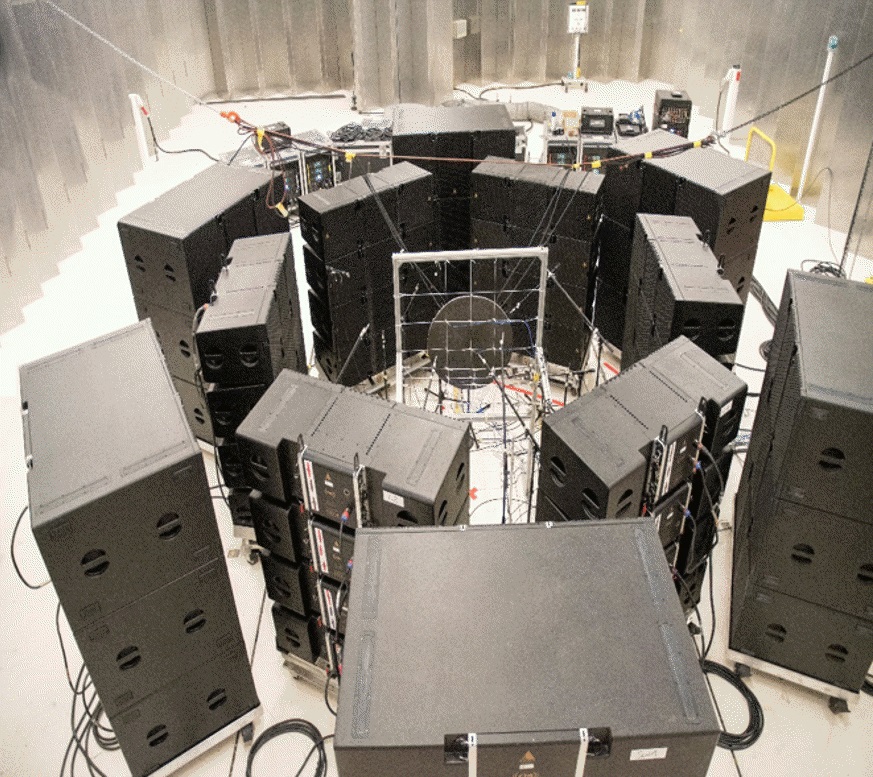Siemens is providing its DFAN direct field acoustic noise testing service for putting space flight payloads through environmental tests
Space launches present a particularly hostile environment for both the launch vehicle and its payload so a great deal of attention is paid to environmental testing to assure against shock and vibration in particular. However, sound levels can also reach damagingly high levels of up to 220dB, according to NASA.
Noise at this level produces a hazardous and unstable environment during launch, which can be problematic for the sensitive payload.
Most payloads that are launched into space are placed at the top of the rocket. Here they are provided with a protective fairing, but this is often not enough for the delicate structural and electronic components from the harsh conditions created at launch. Engineers need to perform extensive testing before launch to understand if the payload can survive the noise and vibration loads.
Direct Field Acoustic Noise Testing (DFAN) is a physical test method that replicates the vibro-acoustic conditions that a spacecraft and individual components will experience at launch. It is performed by surrounding the rocket with speakers and subjecting it directly to the same noise level it will experience at launch.
This is much more cost-effective than traditional acoustic testing methods, which require a dedicated facility with reverberant rooms. While these rooms provide very reliable results, they are extremely expensive to build. If a company does not have these facilities, they must move the spacecraft to an available chamber.
However, setting up a DFAN test requires expertise, which is why the Simcenter Engineering team at Siemens Digital Industries Software has developed a DFAN as a service capability incorporating both test and simulation.
The team performs hardware setup, MIMO control, data acquisition and analysis. Siemens also provides numerical pre-test analysis using Simcenter 3D to determine the appropriate speaker and microphone configuration to meet DUT acoustic loading requirements. This includes the speaker arrangement, position of the test item and reflectors as needed and helps improve the uniformity of the acoustic field.

